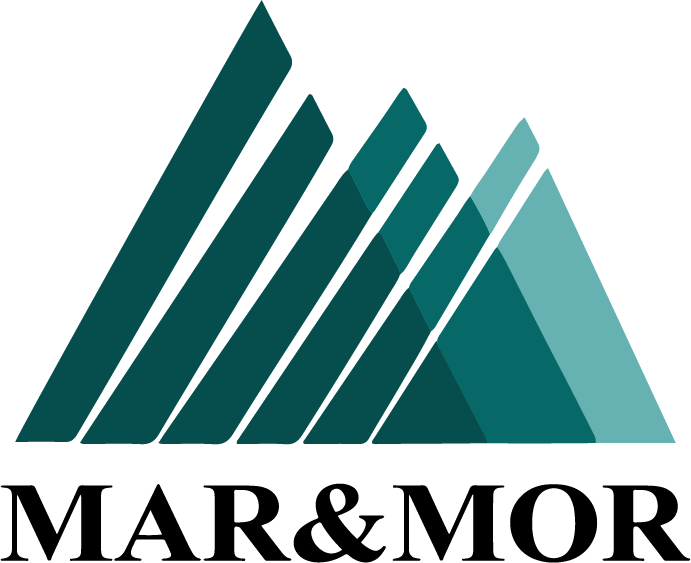Building a Foundation for Trust and Excellence
Introduction
In the ever-evolving landscape of modern workplaces, transparency and accountability have emerged as crucial pillars for fostering trust, collaboration, and organizational success. As organizations strive for excellence, the commitment to openness and responsibility becomes paramount. In this blog post, we will explore the transformative power of transparency and accountability, shedding light on how these principles create a culture of trust, drive performance, and pave the way for lasting success.
Transparency is the commitment to openness and visibility in organizational practices, decisions, and communications. Accountability, on the other hand, is the acknowledgment and assumption of responsibility for one’s actions and decisions. Together, these principles form the bedrock of a healthy and thriving workplace. Here’s how they contribute to organizational excellence:
- Trust and Employee Engagement: Transparent communication and accountability build trust among employees. When individuals understand the reasoning behind decisions and see accountability in action, they are more likely to be engaged and committed to the organization’s goals.
- Effective Decision-Making: Transparency ensures that decision-making processes are clear and accessible. This clarity enables better-informed decisions at all levels of the organization, fostering a culture of collaboration and collective intelligence.
- Innovation and Creativity: A transparent and accountable environment encourages employees to share ideas and take calculated risks. When individuals feel secure in expressing their thoughts and know that they are accountable for their contributions, innovation and creativity flourish.
- Organizational Learning: Transparency allows organizations to learn from both successes and failures. When successes are celebrated openly, and accountability is assumed for mistakes, the entire organization can learn and adapt, leading to continuous improvement.
- Employee Empowerment: Transparent communication empowers employees by keeping them informed about the organization’s goals, strategies, and challenges. This knowledge enables individuals to align their efforts with the broader objectives, contributing to a sense of purpose.
Strategies for Implementing Transparency and Accountability
Leveraging transparency and accountability in the workplace can have a profound impact on insights and growth. By fostering a culture that values openness and responsibility, organizations can gain valuable insights, drive performance, and create an environment conducive to sustained growth. Here’s a guide on how to leverage transparency and accountability for insight and growth:
- Clearly communicate the organization’s strategic objectives to all employees. Link individual and team goals to these strategic objectives, emphasizing the collective effort toward overarching growth targets.
- Foster an environment where employees feel comfortable expressing their thoughts and concerns. Encourage open dialogue through regular feedback sessions, suggestion boxes, or anonymous surveys to gather insights from the workforce.
- Clearly outline decision-making processes within the organization. Communicate the rationale behind major decisions, providing employees with context and understanding.
- Establish transparent performance evaluation processes. Link performance metrics to organizational goals, providing employees with a clear understanding of how their contributions contribute to overall growth.
- Implement accountability frameworks that define roles, responsibilities, and expectations. Clearly articulate the consequences of both success and failure, reinforcing a culture of accountability.
- Create feedback mechanisms where employees can provide input on processes, strategies, and organizational culture.
- Clearly document and communicate organizational policies, procedures, and codes of conduct.
- Provide training sessions on accountability principles and practices. Equip employees with the skills to take ownership of their actions, fostering a culture of responsibility and accountability.
- Publicly acknowledge and celebrate individual and team achievements. Recognition reinforces positive behavior and motivates employees to contribute actively to the organization’s growth.
- Encourage a mindset that views setbacks as learning opportunities. Conduct post-mortems after projects or initiatives, analyzing both successes and failures to extract valuable insights for future growth.
- Establish key performance indicators (KPIs) to measure progress toward organizational goals. Regularly communicate updates on performance, celebrating milestones and addressing challenges transparently.
- Leadership should exemplify transparency and accountability in their actions. When leaders demonstrate accountability for their decisions, it sets a powerful example for the entire organization.
The Impact of Transparency and Accountability on Global Brands
Several successful global brands exemplify the transformative impact of prioritizing transparency and accountability:
- Customer Trust: Amazon
Amazon’s commitment to transparency in its customer reviews and seller ratings builds trust among its vast customer base. The accountability of sellers for product quality contributes to the reliability of the platform. - Corporate Social Responsibility: Patagonia
Patagonia is transparent about its environmental and social impact. The company takes accountability for its footprint and commits to sustainability, resonating with customers who prioritize responsible consumption - Financial Transparency: Microsoft
Microsoft is known for its financial transparency, providing detailed reports to shareholders and the public. This commitment to openness fosters trust and confidence in the company’s financial management. - Crisis Management: Johnson & Johnson
During the Tylenol poisoning crisis, Johnson & Johnson demonstrated transparency by openly communicating about the issue and recalling products. This swift and accountable response has become a case study in crisis management. - Employee Well-being: Google
Google is transparent about its workplace culture and is held accountable by employees who openly voice concerns. The company’s commitment to addressing issues fosters a positive work environment.
By embedding transparency and accountability into the fabric of the organization and leveraging these principles for insight and growth, workplaces can create a culture that values openness, innovation, and collective responsibility. This, in turn, contributes to sustained organizational success and resilience in the face of challenges.
In the words of Warren Buffett, “In the world of business, the people who are most successful are those who are doing what they love.” Fostering a culture of transparency and accountability allows individuals to align their passions with organizational objectives, creating a workplace where success is not just achieved but celebrated and sustained.
Additional Reading References
- Blog Post: ” Trust, Transparency And Accountability: Why Establishing An Engineering Leadership Vision Is A Three-Ingredient Recipe” Forbes
- Link: https://www.forbes.com/sites/forbestechcouncil/2023/05/19/trust–transparency–andaccountability–why–establishing–an–engineering–leadership–vision–is–a–three–ingredient–recipe/?sh=174cf17c281d

